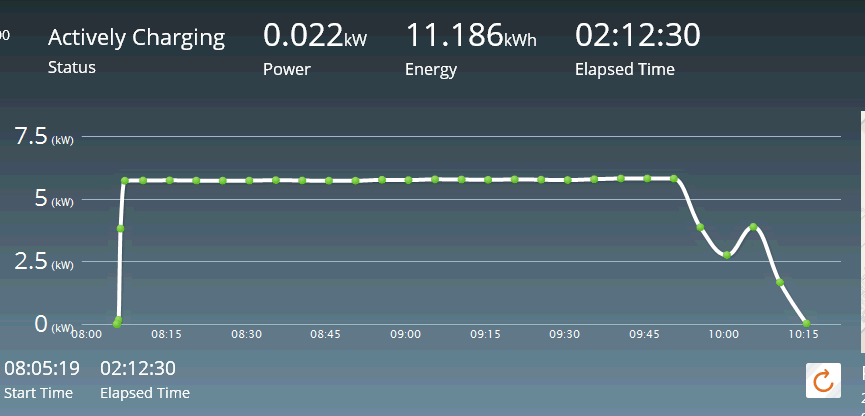electricAZ
Member
Sorry for the marketing lead in, I don't have any, I'm hoping the bright folks on this forum will chime in.
I'm 2 weeks into my '14 FFE ownership and loving it. I live in Phoenix, nuff said. It's very hot, day and night for 4 months out of the year. The thermal management system (TMS) is one reason I went with the FFE. In reading recent threads here someone mentioned that as the vehicle gets close to a full charge the TMS will come on. If this is the case and I don't need a full charge all the time, should I go a couple days when possible before charging to 100%? Is it necessary to 'turn on' the car for a short time at work while my car bakes in the sun to let the TMS do it's thing?
Looking for any and all tips, thanks!
I'm 2 weeks into my '14 FFE ownership and loving it. I live in Phoenix, nuff said. It's very hot, day and night for 4 months out of the year. The thermal management system (TMS) is one reason I went with the FFE. In reading recent threads here someone mentioned that as the vehicle gets close to a full charge the TMS will come on. If this is the case and I don't need a full charge all the time, should I go a couple days when possible before charging to 100%? Is it necessary to 'turn on' the car for a short time at work while my car bakes in the sun to let the TMS do it's thing?
Looking for any and all tips, thanks!

